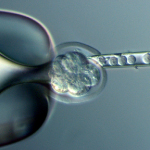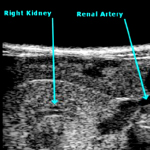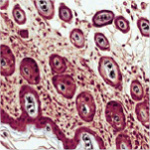Preclinical imaging
At present, a large gap exists between microscopic imaging in cultured cells and macroscopic, non-invasive or minimally invasive imaging in patients. Filling this gap holds promise for the translation of the high content information obtainable by molecular imaging in individual cells into functional imaging amenable to clinical applications.
The Preclinical Imaging Facility at San Raffaele Scientific Institute (SRSI) is one of the components of the integrated Experimental Imaging Center (EIC - CIS). Its main goal is to develop and validate non-invasive or minimally invasive imaging approaches to visualize pathological processes in pre-clinical mouse models.
The Facility was created on the model of "technology and expertise sharing”, collecting tools and skills necessary to provide a state-of-the-art service of small animals Magnetic Resonance, Ultrasound, Optical and microCT imaging to SRSI biomedical research groups, as well as to all extramural researchers.
Non-invasive preclinical imaging represents an essential tool to develop a modern and translational biomedical research. From this perspective, the imaging tools included in the Facility may provide a wide range of multidimensional information on tissue physiology combined with traditional anatomic images. Therefore, it is possible to functionally and structurally characterize the phenotype of mouse disease models and genetically modified mouse models, gaining insights into disease pathogenesis and development. Moreover, these preclinical imaging approaches provide the unique opportunity to perform longitudinal studies of the same animal, minimizing experimental variability and number of animals per study.
Finally, the wide diffusion of some of these diagnostic techniques in the clinical practice, such as MR, US and CT, makes these tools a valuable translation bridge between preclinical research and clinical trials.





